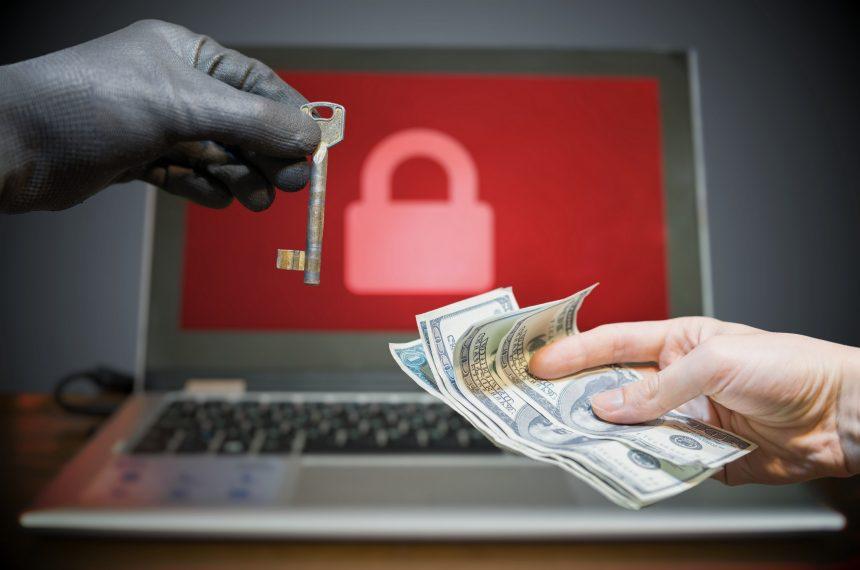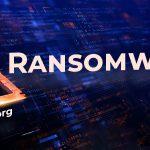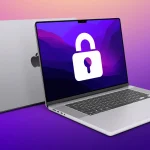Ransomware is a type of malicious software (malware) that encrypts files on a victim’s device and demands a ransom to restore access. Cybercriminals use this malware to extort money from individuals and organizations by threatening to permanently block or delete access to important data. This form of malware has become increasingly sophisticated over the years, posing a severe threat to data security and privacy.
Overview of DennisTheHitman Ransomware
DennisTheHitman Ransomware is a particularly harmful strain of ransomware that encrypts the files on an infected system and demands payment for their decryption. Once the malware gains access to the system, it performs several malicious actions that lead to severe consequences for the user. One of its primary methods of attack involves encrypting files using a complex algorithm and then appending a specific file extension, such as “.dennis”, to the compromised files.
Installation Process
DennisTheHitman ransomware can infiltrate a system through various methods, most commonly via phishing emails containing malicious attachments, infected software downloads, or vulnerabilities in outdated software. Once the ransomware is installed, it executes a background process that systematically scans the system for target files. This often includes important documents, media files, and databases.
Actions and Consequences
After successfully installing itself, DennisTheHitman ransomware begins encrypting files on the victim’s device. Encrypted files are rendered inaccessible, and their original extension is replaced with the “.dennis” extension, indicating that they are now locked by the ransomware. The encrypted files cannot be opened without the decryption key, which is held by the cybercriminals.
The most devastating consequence of this infection is the potential loss of important personal or business data. Additionally, the ransomware can cause system instability and may compromise sensitive data such as passwords, banking information, and other personal details. Users are typically asked to pay a ransom in cryptocurrency, such as Bitcoin, to obtain the decryption key.
The Ransom Note
After encrypting the files, DennisTheHitman ransomware leaves behind a ransom note, which is a crucial part of its operation. The note typically appears as a text file placed in various directories on the infected system. The note demands payment in exchange for the decryption key and provides instructions on how to complete the payment. Victims are often directed to purchase cryptocurrency and transfer it to a specific address within a limited timeframe. The note may also threaten to increase the ransom if payment isn’t made promptly or to permanently delete the files if the ransom is not paid.
Text presented in this message:
YOUR PERSONAL ID:
–
/!\ YOUR COMPANY NETWORK HAS BEEN PENETRATED /!\
All your important files have been encrypted!
Your files are safe! Only modified. (RSA+AES)
ANY ATTEMPT TO RESTORE YOUR FILES WITH THIRD-PARTY SOFTWARE
WILL PERMANENTLY CORRUPT IT.
DO NOT MODIFY ENCRYPTED FILES.
DO NOT RENAME ENCRYPTED FILES.
No software available on internet can help you. We are the only ones able to
solve your problem.
We gathered highly confidential/personal data. These data are currently stored on
a private server. This server will be immediately destroyed after your payment.
If you decide to not pay, we will release your data to public or re-seller.
So you can expect your data to be publicly available in the near future..
We only seek money and our goal is not to damage your reputation or prevent
your business from running.
You will can send us 2-3 non-important files and we will decrypt it for free
to prove we are able to give your files back.
Contact us for price and get decryption software.
email:
wehavesolution@onionmail.org
solution247days@outlook.com
* To contact us, create a new free email account on the site: protonmail.com
IF YOU DON’T CONTACT US WITHIN 72 HOURS, PRICE WILL BE HIGHER.
The Purpose of Ransomware
Ransomware like DennisTheHitman serves one main purpose: financial extortion. Cybercriminals use it to hold data hostage, demanding money from the victims to restore access. These attacks typically target individuals, businesses, and organizations, exploiting their dependency on data for day-to-day operations. The term “ransomware” comes from the fact that victims are required to pay a ransom to regain access to their encrypted files.
Symptoms of Infection
Once DennisTheHitman ransomware infects a system, there are several tell-tale signs that users should be aware of:
- Files are no longer accessible and have a “.dennis” extension.
- A ransom note appears on the desktop or in various folders.
- The system may run slower or experience unexpected crashes.
- Programs and files may fail to open correctly.
- Strange background processes might be running, consuming excessive system resources.
Detection Names
Different security vendors may label the DennisTheHitman ransomware under various names. Some common detection names include:
- Trojan:Win32/DennisTheHitman
- Ransom:Win32/HitmanCrypt
- Ransom.Dennis
- W32/DennisCrypt.A
If users see any of these detection names in their antivirus logs, they are likely dealing with DennisTheHitman ransomware.
Similar Ransomware Threats
Some similar ransomware strains that operate in the same way as DennisTheHitman include:
- CryptoLocker – One of the first major ransomware strains.
- Locky – Known for encrypting a wide variety of files and demanding ransoms.
- Cerber – A notorious ransomware variant that also encrypts files and demands cryptocurrency payments.
Detailed Removal Guide
Removing DennisTheHitman ransomware requires careful steps to ensure the system is cleaned without further damage. Follow these instructions to remove the ransomware:
- Disconnect from the Internet: Immediately disconnect your computer from the internet to prevent the ransomware from communicating with its server and executing more damage.
- Boot in Safe Mode:
- Restart your computer.
- As it boots, press F8 or Shift + F8 (depending on your system) to enter Safe Mode.
- Choose Safe Mode with Networking to prevent further damage while removing the ransomware.
- Run an Anti-Malware Scan:
- Download SpyHunter, a trusted anti-malware tool that can detect and remove DennisTheHitman ransomware.
- Install the tool and run a full system scan. SpyHunter will identify the ransomware and guide you through the removal process.
- Quarantine or Delete the Malware: After SpyHunter detects the ransomware, choose to quarantine or delete the infected files. This step is crucial to prevent reinfection.
- Restore Encrypted Files (if possible):
- If you have backups, restore your files from an external backup drive that wasn’t connected during the attack.
- If backups are not available, consider using file recovery software, though success is not guaranteed.
Preventing Future Infections
To avoid ransomware infections in the future, follow these steps:
- Regularly update software: Ensure all your operating system, software, and antivirus tools are up to date.
- Be cautious of email attachments: Don’t open suspicious emails or download attachments from untrusted sources.
- Use anti-malware tools like SpyHunter: Regular scans with trusted tools can detect threats before they cause harm.
- Create regular backups: Store important data on an external drive or a cloud service to ensure you can recover it in the event of an attack.
By following these practices, users can significantly reduce the likelihood of ransomware infections.
Conclusion
DennisTheHitman ransomware is a dangerous malware that can lead to significant data loss and financial harm. It encrypts files, demands a ransom, and leaves victims with limited options. However, with the right tools, such as SpyHunter, and preventative measures, users can protect themselves from this and similar ransomware attacks. Always maintain strong security practices to keep your system safe from malicious software.





